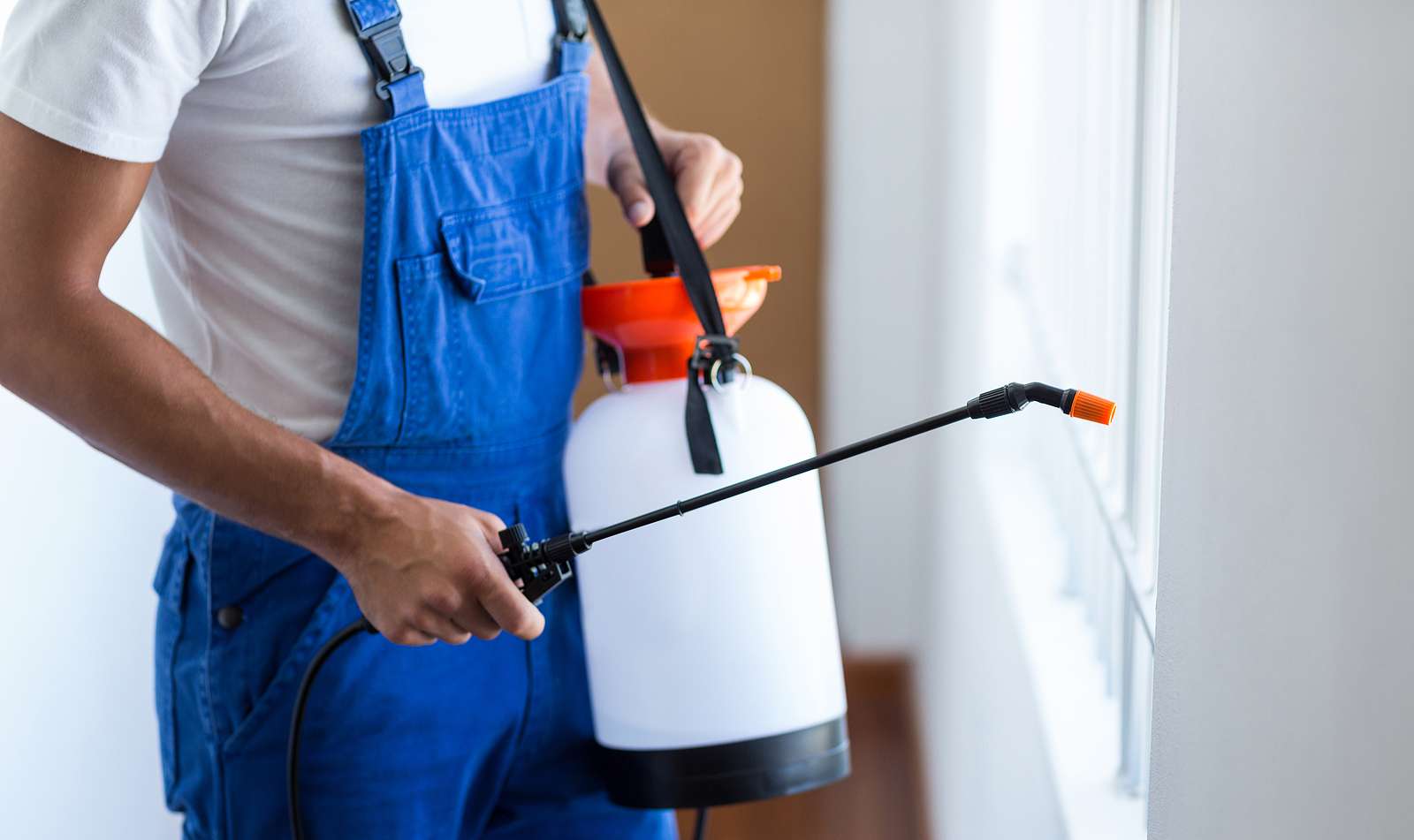Professional Insect Control Techniques for Long-Term Outcomes
Professional insect control strategies envelop a thorough approach that starts with a detailed examination and analysis, followed by precise bug identification to understand their behavior patterns. The implementation of Integrated Bug Management (IPM) concepts, coupled with eco-conscious therapies, develops the keystone of sustainable bug eradication.
Assessment and Analysis
Upon entering a building for bug control services, the preliminary action is a thorough evaluation and analysis to identify the level of the invasion and identify one of the most reliable treatment strategy. Specialist bug control professionals are trained to meticulously examine the facilities, looking for indicators of pest task such as droppings, chomp marks, nests, or any kind of structural damages. They will likewise evaluate the problems that may be attracting bugs, such as food resources, water leaks, or access points.

Insect Identification and Behavior

In addition, recognizing the habits of the recognized pest is crucial to applying effective control procedures. Knowing where insects nest, what they feed on, and their task patterns can aid pest control specialists design methods to eradicate them efficiently.
Integrated Parasite Monitoring (IPM)
Integrated Insect Administration (IPM) approaches incorporate multiple strategies to control and prevent bug problems in a sustainable and eco-friendly way. pest control. By incorporating techniques such as biological control, habitat control, modification of cultural methods, and making use of resistant varieties, IPM aims to minimize using chemical pesticides
Among the crucial principles of IPM is the focus on prevention. This aggressive technique entails monitoring parasite populaces consistently to spot any type of prospective concerns before they intensify. By recognizing insect problems early on, pest control actions can be applied quickly and effectively.
Additionally, IPM promotes making use of safe pest control methods whenever feasible. This can include using all-natural killers of the bugs, presenting advantageous bugs, or making use of pheromones to interfere with mating patterns. By lowering dependence on chemical pesticides, IPM not only secures the setting but likewise assists preserve an equilibrium in the ecosystem.
Environmentally-Friendly Therapies
Applying exterminator eco-conscious techniques in insect control procedures can properly deal with infestations while focusing on ecological sustainability. Environmentally-friendly therapies focus on reducing the impact of parasite control techniques on ecological communities, non-target organisms, and human health.
An additional key element of environmentally-friendly treatments is making use of organic and naturally degradable products that damage down rapidly without leaving hazardous deposits in the atmosphere. Organic insecticides derived from plants like chrysanthemums or neem supply efficient insect control while posing marginal risk to non-target varieties. Employing methods like heat treatments or pheromone traps can target specific parasites with precision, minimizing the general environmental impact of bug control practices.
Continuous Tracking and Upkeep
Routine assessments by trained experts are needed to recognize any indications of parasite activity, analyze the efficiency of previous therapies, and make changes to the parasite control strategy as required. By monitoring pest populaces over time, parasite control specialists can track fads, anticipate prospective issues, and execute preventive measures to minimize the risk of future infestations.
In enhancement to tracking, upkeep methods are important for lasting bug control success. This consists of implementing correct cleanliness steps to remove prospective food and water sources for parasites, securing off entrance indicate protect against bugs from entering the premises, and resolving any type of structural issues that could help with pest problems (bed bug dog). By including recurring monitoring and upkeep into an integrated bug management technique, services can make certain a pest-free setting and secure their home against expensive damages and health risks
Final Thought
In verdict, utilizing expert parasite control techniques such as complete examination and assessment, precise bug recognition and understanding of their actions, integrated insect administration methods, environmentally-friendly therapies, and ongoing monitoring and maintenance are vital for attaining long-term results in bug control. By implementing these techniques, individuals can successfully take care of insect infestations and maintain a pest-free atmosphere in a lasting fashion.